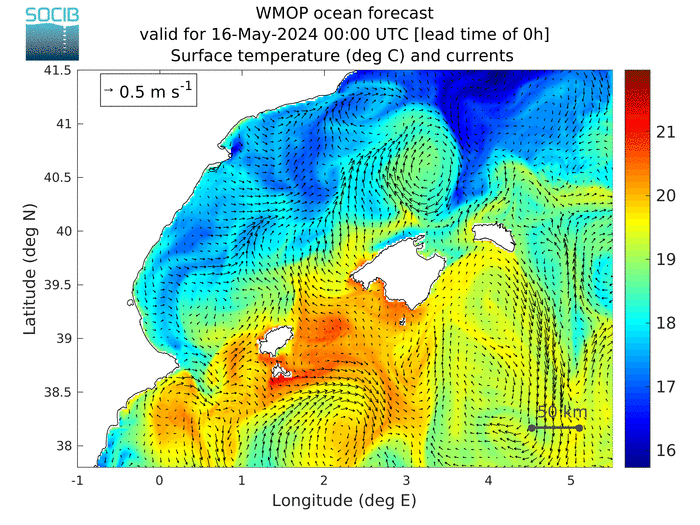MODELLING AND FORECASTING FACILITY
Numerical models are essential tools both for research and for forecasting oceanic weather and climate, particularly for their capacity to describe the ocean’s evolution over time from the surface to the sea bed.The modelling uses the computers capacity of calculation to resolve the mathematic equations which describe the physical phenomena occurring in the ocean.
The models integrate the combined actions of gravity, the Earth's rotation, the atmospheric effects as well as the input from rivers to represent the state of marine currents, temperature, salinity and sea level.










